In Brief
This week on Open Space, the official podcast of the National Recreation and Parks Association (NRPA), WKKF senior program officer Vicky Stott joined Autumn Saxton-Ross, NRPA’s vice president of education and chief equity officer. They dove deep into what racial healing feels like, how it strengthens and supports racial equity work and how parks professionals can participate in individual and community healing.
Think about your favorite local or regional park. Depending on where you live and the resources afforded to your neighborhood, you might see swings and slides, basketball hoops or baseball diamonds, walking trails or running tracks. You might go there for a little R&R after work or to watch your children develop their athletic skills. Saxton-Ross sees something more:
“Difference meets on the playground."
Parks offer an ideal setting for neighbors of all ages – from two-year-olds to ninety-two-year-olds–- to connect, build relationships and bridge divides. These are essential elements of racial healing, a viable pathway to racial equity. As neighbors build friendships, they naturally learn about each other’s experiences in community, which can lead to shared commitments to transforming harmful social climates and systems.
Saxton-Ross posed a unique question for parks professionals to consider: “Specifically when it comes to racial healing for historically marginalized communities and people of color, how do we create the space so people can connect with themselves, their culture and with each other?”
Creating opportunities for neighbors to connect requires intentionality. For children, it might mean adding cooperative games to park programming. For older neighbors, it might mean offering venues for conversation and dialogue. For parks and recreation professionals, it also means adding new personal and occupational skill sets
Why This Matters
When it comes to racial healing at a community level, parks professionals can play a critical role in ensuring that recreation spaces are connective spaces. Facilitators of relationship-building and healing experiences – even fun and recreational ones – may also have something to heal.
Stott and Saxton-Ross shared how their ancestors, families and communities of origin inspired them to commit to the purpose-driven work of racial equity, while also preparing them to navigate American systems where racism is embedded. This led to an in-depth exploration of how racial healing opens up possibilities for people who have experienced the harm, or carry multi-generational trauma, to show up whole and centered in racial equity work.
Stott described the link between racial healing and racial equity work: “When we’re healthy and whole, we can show up in such a way that we can acknowledge one another… in who we are, the people that we’re from, the cultures that we’re from, the ways of being, the philosophies, the spiritual beliefs that we all bring to our organizations. Can we help collectively create an environment where we all belong and see ourselves in the work, we see ourselves reflected in the programming?… We’re able to show up as whole human beings in support and service to community.”
“That’s one of the first things they tell you as a mom, right? You can’t take care of others if you don’t take care of yourself,” added Saxton-Ross. “Or when I fly with my children, the flight attendant always tapping me on the shoulder, making sure I put on my mask before I put it on the kids. That’s how racial equity and racial healing are connected. If we don’t take care of ourselves, if we don’t recognize our need for connection, in relationship, in care and to be loved – if we do not do that, racial equity can’t be achieved. Healing is a necessity, so we’re going in the same direction and having that be different than the way we’ve been traveling before.”
Imagine your local or regional park also being that space where kids, their families and neighbors embrace each other’s ways of being, laying the groundwork for lifelong relationships and vibrant community lives.
The Opportunity
Members of the National Recreation and Parks Association reach more than 40 million children in cities, towns, neighborhoods and rural communities throughout the United States. The potential to transform communities through recreation is monumental in scale.
To get started, Saxton-Ross helped WKKF develop the National Day of Racial Healing action kit for organizations that work with children, youth and communities. This action kit includes ideas for fun approaches to bringing young people and their families together across difference.
The NRPA also offers a robust suite of virtual racial equity training materials for parks and recreation professionals, available on their website.

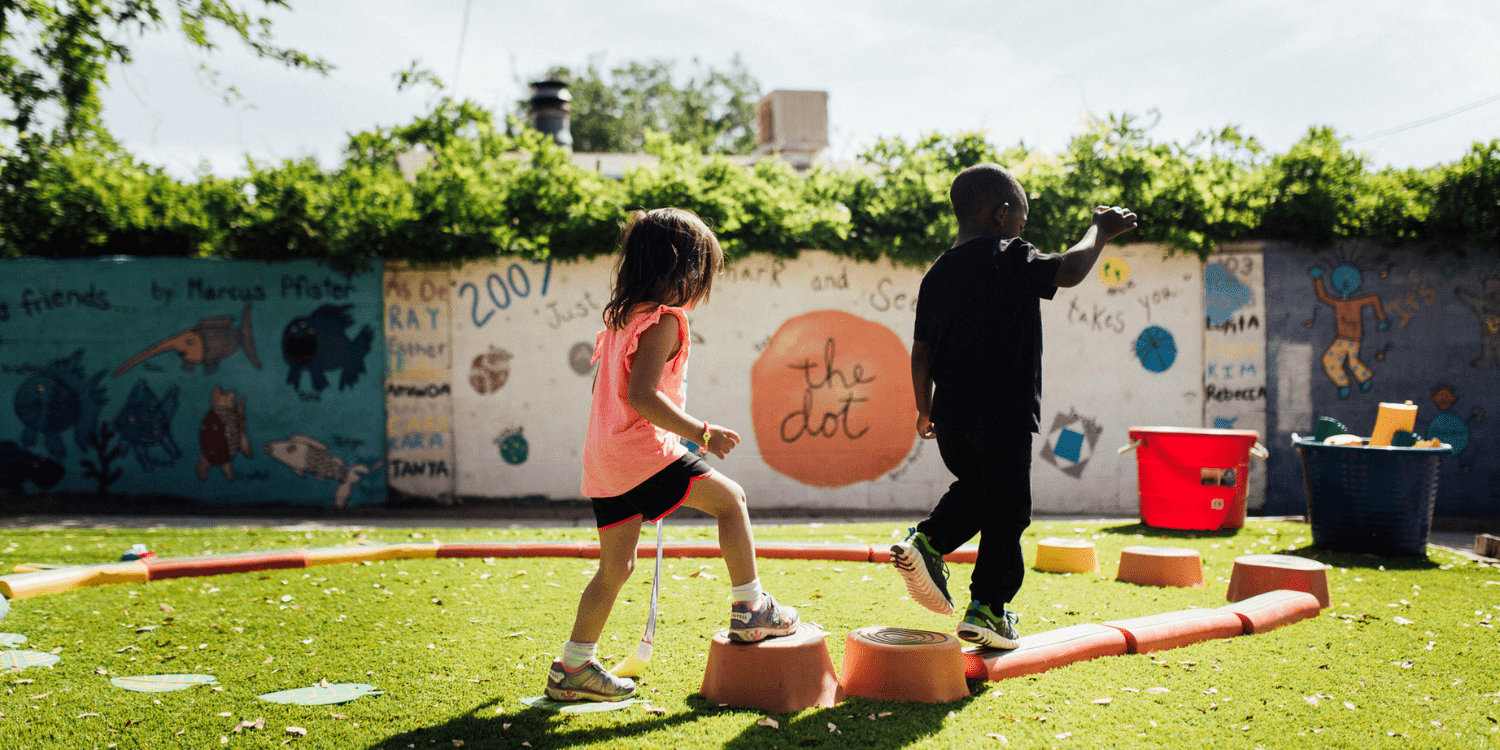
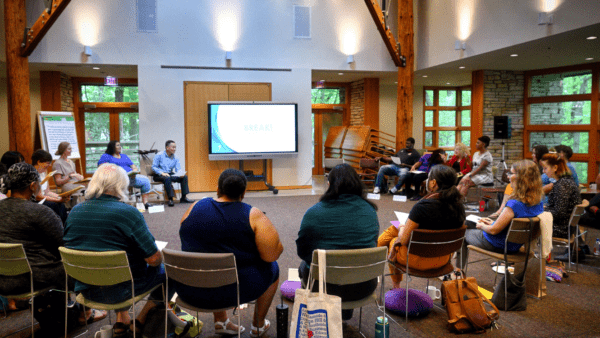
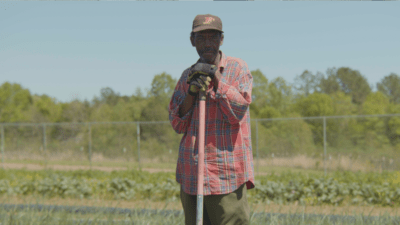
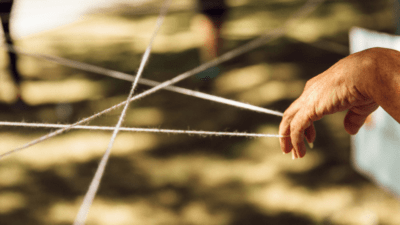
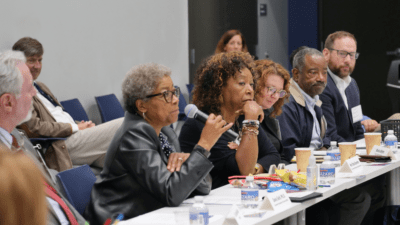
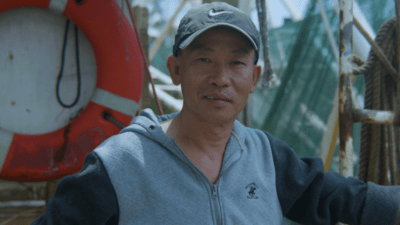

Comments